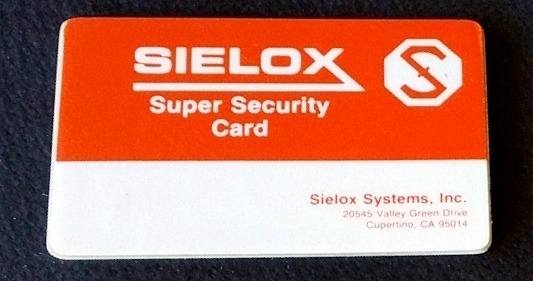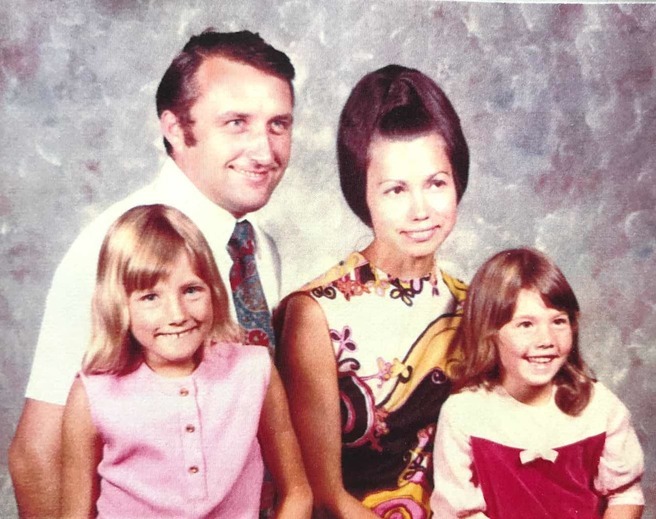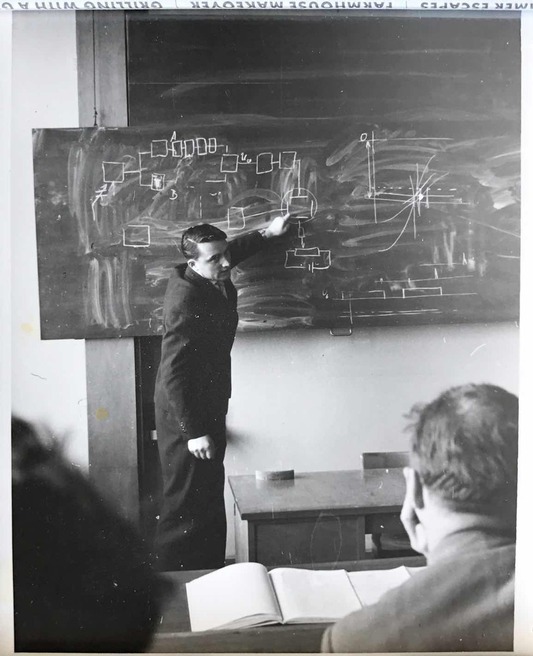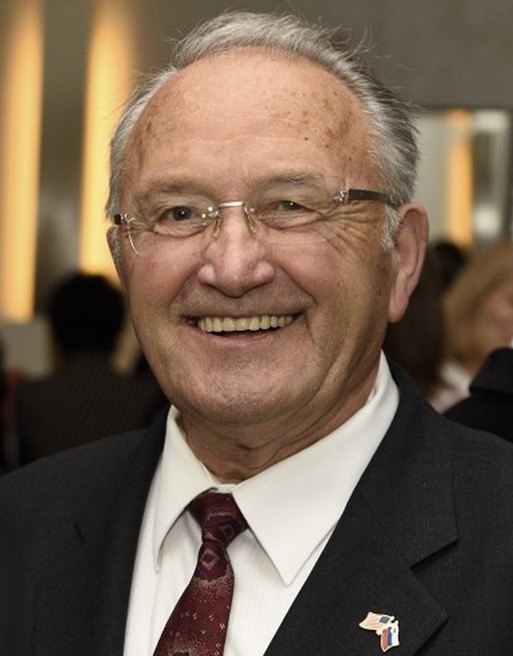Links
Produced by the American-Slovenian Education Foundation (ASEF) this beautiful 16-minute documentary highlights France's pioneering work in the field of engineering.
Memorial Video
Video of Francé's Memorial in Los Altos (43 min)
(Thank you Connor & Madeline)
Articles and Interviews:
Interview with France Rode, Silicon Valley 50 Years Later
"You need to have courage. Without courage there’s nothing."
Wikipedia Article
Slovene Inventor of First Scientific Pocket Calculator
SlovenianMuseum.org
"The HP-35 calculator... was taken by President Richard Nixon’s party to China as 'the prime example of modern U.S. technology.'"
Slovenian Union of America Facebook Post with Letter from Thomas Brandi
Persistent Technology
Retrospective View on the HP-80
Hewlett Packard Publications:
Computation for Measurement Flexibility
HP Journal articles on the 5360 Computing Counter -- pioneering the shift from analog to digital measurement.
The Powerful Pocketful: An Electronic Calculator Challenges the Slide Rule
HP Journal articles about the HP-35 Calculator, the world's first scientific handheld calculator.
A Pocket-Sized Answer Machine for Business and Finance
HP-80 Calculator
Measure Magazine "Critical Mass"
HP-80 Calculator
Slovene Language Interviews and Articles:
Inventor Interview with Katra Kozinc (Video: 7 min.)
and the corresponding Article
Video Interview with Večer (4 min.)
[Translated] About the origin of the HP-35 calculator: "One day, Bill Hewlett came into the office and told us it would be good if he could put a desktop calculator into the pocket of his shirt. We measured his pocket, and then produced a unit that fit into it," explains Rode.
Farewell to Inventor France Rode
A Historical Perspective on Silicon Valley
Video interview: 1 hr 16 min
Silicon Valley 50 Years Later
Video Interview at University of Ljubljana: 1 hr 13 min








